Fall Landscaping Ideas (To Wow Your Neighbors)
This post may contain affiliate links which might earn us money. Please read my Disclosure and Privacy policies hereCan you landscape your yard in the fall? The answer is a resounding yes! Fall is one of the best times to update and refresh your outdoor spaces. With cooler temperatures and vibrant autumn colors, you have the perfect backdrop to enhance your yard's beauty.
Whether you're a seasoned gardener or a beginner, these five fall landscaping ideas will help you get started on transforming your yard into a stunning display that will wow your neighbors.

Add Splashes of Color
Fall is a beautiful season, with nature providing a stunning array of reds, oranges, yellows, and purples. However, as the leaves start to fall, your yard can quickly turn from vibrant to drab. To keep your outdoor space cheerful and inviting throughout the fall, consider planting colorful flowers that thrive in cooler weather.
Best Flowers for Fall Color
- Mums (Chrysanthemums): Mums are the quintessential fall flower. They come in a wide range of colors, including deep reds, vibrant oranges, and sunny yellows. Plant them in clusters around your home to create bold splashes of color that will last well into the season.
- Pansies: Pansies are another excellent choice for fall planting. These hardy flowers can survive the first frosts and continue to bloom, adding bright spots of color to your garden beds, borders, and containers.
- Asters: Asters bloom in late summer to early fall and are perfect for adding a touch of purple or pink to your landscape. They are also pollinator-friendly, attracting bees and butterflies to your garden.
- Violas: Violas are similar to pansies but are more petite. They are great for adding delicate beauty to your garden beds and work well in hanging baskets or window boxes.
- Black-eyed Susans: These cheerful yellow flowers with dark centers are a staple of fall gardens. They are easy to grow and provide a striking contrast to the deep reds and oranges of autumn.
You might enjoy these posts:
- 10 Simply Beautiful Front Yard Landscaping Ideas to Wow Your Neighbors
- What Looks Good Planted With Mums?
- Add Pops of Color to Fall Landscaping
Planting Tips for Fall Flowers
To ensure your fall flowers thrive, plant them in well-drained soil and give them plenty of sunlight. Be sure to water them regularly, especially during dry spells, to help them establish strong roots before the colder weather sets in. Adding a layer of mulch around the plants will help retain moisture and protect the roots from temperature fluctuations.

Consider Perennials
If you're looking for a low-maintenance way to keep your garden vibrant year after year, consider planting perennials. Unlike annuals, which need to be replanted each season, perennials return every year, making them a cost-effective and time-saving choice for your garden.
Best Perennials for Fall Gardens
- Nippon Daisies (Montauk Daisies): These daisy-like flowers bloom in late summer to early fall and can withstand cooler temperatures. They are perfect for adding a fresh burst of white to your fall garden.
- Goldenrod: Goldenrod is a native plant that adds a bright pop of yellow to your garden. It blooms in late summer and fall and is known for attracting pollinators like bees and butterflies.
- Mums: As mentioned earlier, mums are a fantastic perennial option. They return year after year, providing consistent color to your fall landscape.
- Asters: Asters are another perennial that will reliably return each fall. They are easy to care for and bring beautiful shades of purple and pink to your garden.
Caring for Perennials
To keep your perennials healthy and thriving, be sure to follow the care instructions specific to each plant. Most perennials benefit from being cut back after they bloom to encourage new growth. Additionally, adding compost or organic fertilizer in the fall can give them a nutrient boost to prepare for winter dormancy and strong growth in the spring.
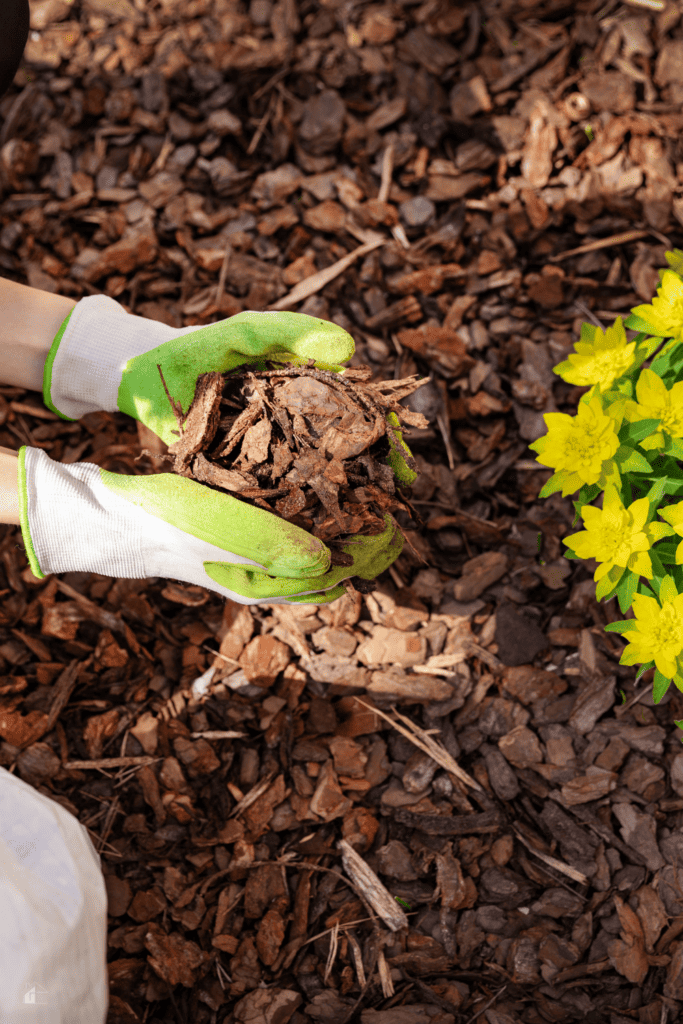
Add Mulch to Protect Plants
Mulching is a crucial step in fall landscaping that offers multiple benefits. Not only does mulch help insulate plant roots, protecting them from the cold, but it also helps retain soil moisture, suppress weeds, and deter pests.
Benefits of Mulching
- Insulation: A thick layer of mulch acts as a blanket for your plants' roots, protecting them from extreme temperature swings as the weather cools.
- Moisture Retention: Mulch helps the soil retain moisture, reducing the need for frequent watering. This is especially important in the fall when rainfall may be less predictable.
- Weed Suppression: Mulch prevents sunlight from reaching weed seeds, reducing their ability to germinate and grow.
- Pest Deterrence: Certain types of mulch, like cedar or cypress, can deter insects and pests, helping to protect your plants.
Types of Mulch for Fall Landscaping
- Natural Mulch (Wood Chips or Bark): This is the most common type of mulch and is readily available. It breaks down over time, adding organic matter to the soil. If you have a large area to cover, consider ordering natural mulch by the truckload to save on costs.
- Shredded Leaves: If you have an abundance of fallen leaves, consider shredding them and using them as mulch. This is an eco-friendly and cost-effective way to mulch your garden beds.
- Rubber Mulch: Although more expensive upfront, rubber mulch can last up to 10 years, making it a cost-effective long-term solution. It doesn’t break down like natural mulch, so it requires less frequent replacement.
How to Apply Mulch
To apply mulch, first remove any weeds from the area. Then, spread a 2-3 inch layer of mulch around your plants, making sure to keep it away from the base of the stems to prevent rot. Reapply mulch as needed throughout the season to maintain its protective benefits.

Include a Seating Area
Your landscaping efforts shouldn't just be for curb appeal—they should create spaces you and your family can enjoy. Adding a seating area to your yard allows you to take in the beauty of your surroundings while relaxing and spending time with loved ones.
Creating a Cozy Fall Seating Area
- Firepit: A firepit is the perfect addition to any fall seating area. It provides warmth and a focal point for gatherings on cool autumn evenings. Surround your firepit with comfortable outdoor chairs and add some cozy blankets for a touch of warmth and comfort.
- Outdoor Furniture: Choose weather-resistant furniture that can withstand the elements. Wicker, teak, and metal are all good options. Add outdoor cushions in fall colors like rust, deep red, or mustard to enhance the seasonal feel.
- String Lights: Hanging string lights around your seating area adds a warm, inviting glow. You can string them along a fence, wrap them around a pergola, or drape them over tree branches to create a magical atmosphere.
- Lanterns: Place lanterns with LED candles on tables or along walkways to add ambient lighting. Solar-powered options are ideal as they don’t require wiring or outlets.
Maximizing Comfort in Your Seating Area
Consider adding an outdoor rug to define the space and make it feel more like an extension of your home. If you have a covered patio or pergola, adding curtains can provide privacy and shield you from the wind, making the space more comfortable for fall.

Incorporate Lighting
As the days get shorter, lighting becomes a critical element of fall landscaping. Proper lighting not only extends the usability of your outdoor spaces but also enhances the safety and beauty of your yard after dark.
Ideas for Outdoor Lighting
- Walkway Lights: Illuminate pathways and driveways with solar-powered stake lights. These lights guide visitors safely to your door while adding a decorative touch to your landscape.
- String Lights: As mentioned earlier, string lights are versatile and can be used in various ways. Hang them in trees, drape them across your patio, or create a canopy of lights over your seating area.
- Spotlights: Use spotlights to highlight key features of your landscaping, such as a beautiful tree, a garden bed, or a water feature. LED spotlights are energy-efficient and provide a bright, focused beam.
- Lanterns: Lanterns add a charming, rustic feel to your garden. They can be hung from hooks, placed on tables, or lined along walkways. For a more dramatic effect, group several lanterns of varying heights together.
Choosing the Right Lighting
When selecting outdoor lighting, opt for energy-efficient options like LED or solar-powered lights. These not only reduce energy costs but also have a longer lifespan than traditional bulbs. Consider warm-toned lights to create a cozy and inviting atmosphere, which is perfect for fall evenings.

Transforming your yard with these fall landscaping ideas is a rewarding way to embrace the beauty of the season. By adding vibrant fall flowers, protecting your plants with mulch, incorporating cozy seating areas, and enhancing your space with thoughtful lighting, you’ll create an inviting and stunning outdoor retreat that not only wows your neighbors but also provides a perfect space for your family to enjoy.
Now that you’ve got the tips and inspiration, it’s time to roll up your sleeves and start your fall landscaping project. Whether you’re planting mums, setting up a firepit, or simply laying down some fresh mulch, every small effort will make a big difference in the overall look and feel of your yard. Don’t wait—get started on creating your dream fall landscape today!
Ready to make your yard the envy of the neighborhood? Share your progress and finished projects with us! Leave a comment below with your favorite fall landscaping ideas or tag us in your photos on Pinterest. We can’t wait to see how you bring these ideas to life!spreading the mulch. Once that’s done, everything else will be a piece of cake.






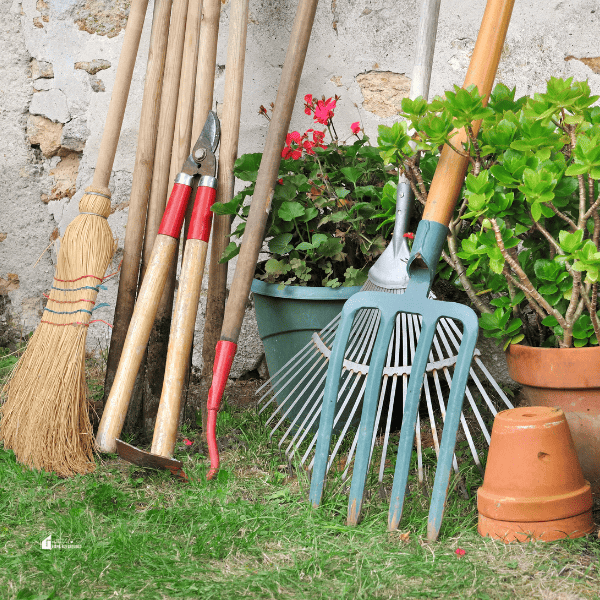
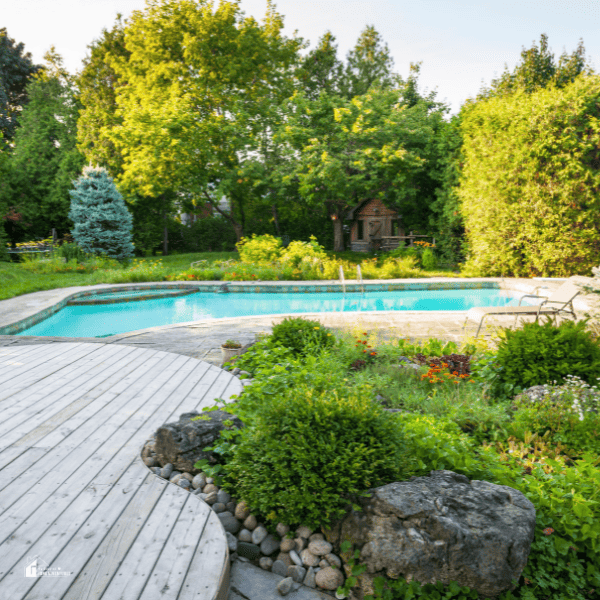
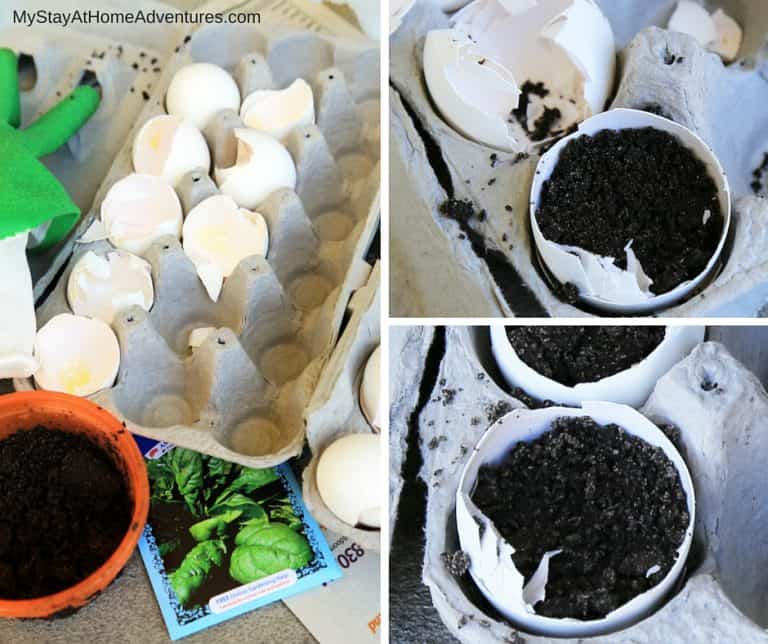
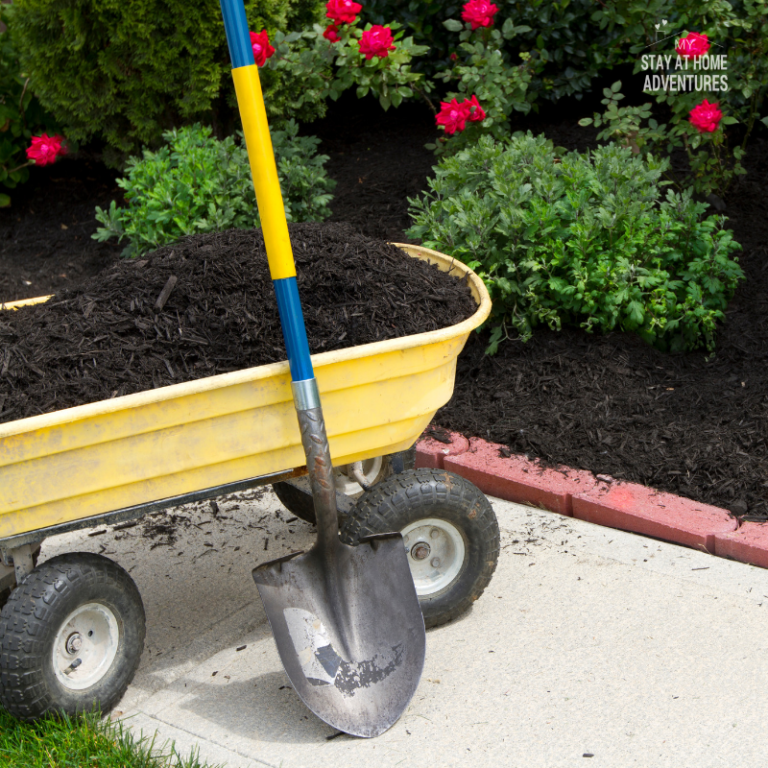
2 Comments